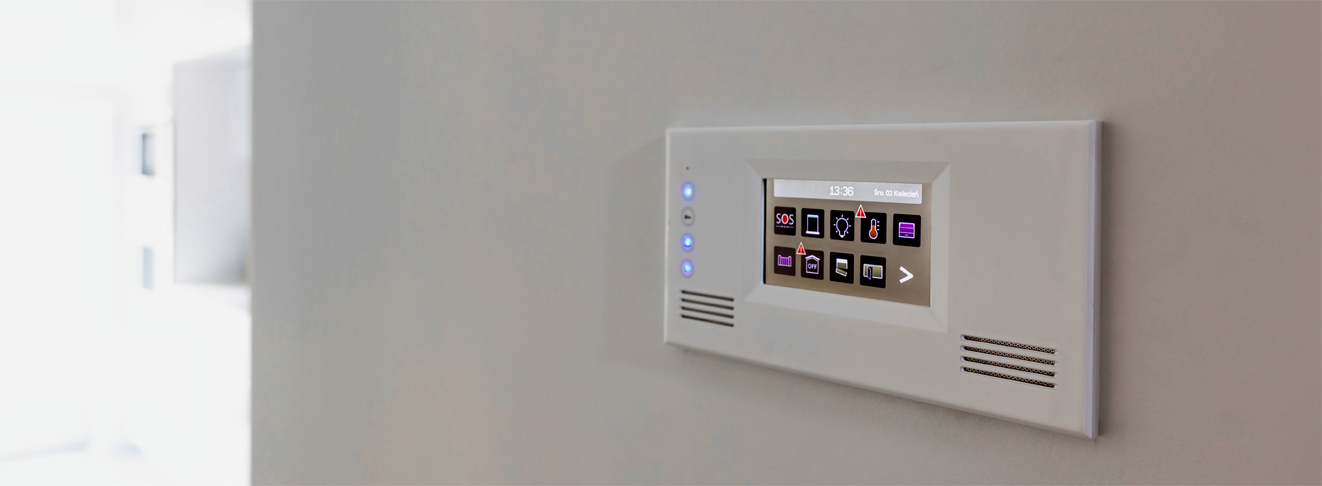Ventilation and air conditioning systems play a crucial role in today's buildings, not only to maintain comfortable indoor temperatures, but also to ensure indoor air quality (IAQ). In ventilation and air conditioning systems, Energy Air is a technology aimed at providing efficient, environmentally friendly, and comfortable indoor environments.
What is the EA system?
The EA system is an intelligent ventilation and air conditioning system that uses energy management technology to monitor and control factors such as air quality, temperature, and humidity in real time within the building, ensuring that the indoor environment is always maintained in a comfortable state. The main goal of the EA system is to reduce energy consumption, improve environmental sustainability, and provide higher quality indoor air.
Key Features of EA System
Energy conservation and environmental protection: The EA system achieves energy-saving effects through efficient energy management and intelligent control. It can automatically adjust the operation of ventilation, air conditioning, and heating systems to reduce energy waste. In addition, the EA system can also be integrated with renewable energy systems, further reducing dependence on fossil fuels and reducing carbon footprint.

IAQ improvement: The EA system ensures fresh and healthy indoor air by continuously monitoring indoor air quality, including carbon dioxide (CO2) concentration, formaldehyde, and volatile organic compounds (VOCs) levels. When pollutants are detected, the system will automatically take measures, such as increasing ventilation or starting air purification equipment.
Customization control: The EA system allows users to customize control based on actual needs. Different areas within the building can be independently controlled according to different usage needs to provide stable comfort and energy efficiency. Users can easily adjust system settings using smartphone applications or network interfaces.
Remote monitoring and maintenance: The EA system provides remote monitoring and maintenance functions, allowing administrators to remotely access the system, monitor performance in real-time, and diagnose faults. This reduces maintenance costs and downtime, ensuring that the system remains stable at all times.
EA systems are widely used in various types of buildings, including office buildings, hospitals, schools, hotels, factories, etc. Here are some typical application scenarios:
Office building: In the office building, the EA system can provide efficient heating, ventilation, and air conditioning, improving employee work efficiency and comfort. It can also reduce operating costs and reduce energy consumption of buildings.
Hospitals: In hospital environments, indoor air quality is crucial. The EA system can ensure fresh air in the operating room and ward, reduce the risk of infection, and provide a comfortable environment, which helps patients recover.
School: In schools, the EA system can provide fresh indoor air and create an environment conducive to learning. It can also reduce energy costs on campuses and provide sustainable solutions for educational institutions.
Hotels: In the hotel industry, providing high-quality customer experiences is crucial. The EA system can ensure comfort in guest rooms while reducing operating costs and improving hotel sustainability.
The EA system represents the future development direction of ventilation and air conditioning technology. It provides better indoor environmental quality and lower energy consumption through efficient energy management, intelligent control, and indoor air quality improvement. In the construction industry, the EA system has become a powerful tool for improving comfort, energy conservation, emission reduction, and sustainable development. In the future, we can expect to see more buildings adopt EA systems, creating healthier and more comfortable indoor environments for people.







Comment